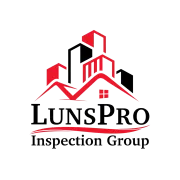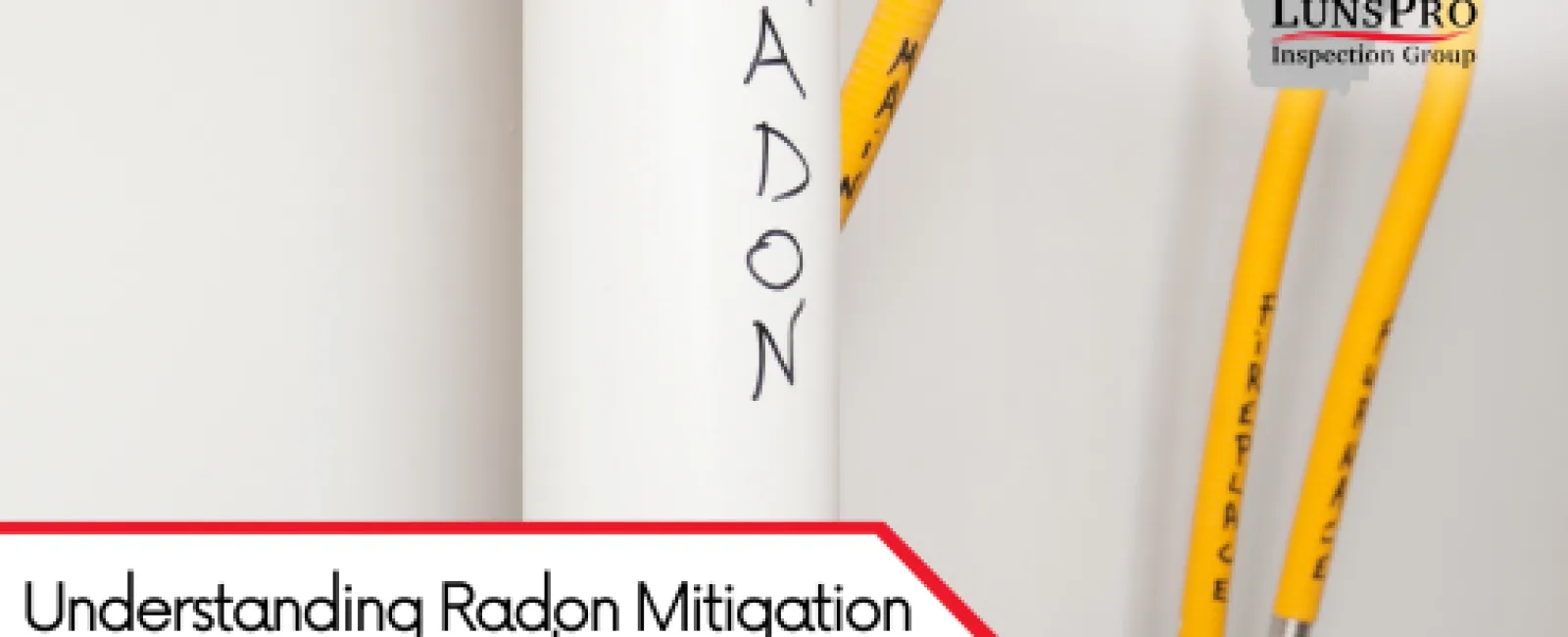When it comes to ensuring the safety and long-term health of a household, few factors are as critical—and as often overlooked—as indoor air quality. Many homeowners take steps to keep their homes clean, comfortable, and well-ventilated, but one invisible threat can persist regardless of appearances: radon gas. Radon is a naturally occurring radioactive gas that can seep into homes from the ground. It's colorless, odorless, and tasteless, making it nearly impossible to detect without proper testing. Yet, its health implications are severe, with long-term exposure being one of the leading causes of lung cancer in non-smokers.
This is why more homeowners are looking beyond traditional safety measures and incorporating advanced solutions such as radon mitigation systems. One innovative approach involves integrating these systems directly into the HVAC system. By pairing radon reduction technology with the home's heating, ventilation, and air conditioning, families can enjoy improved air quality throughout every room in the house. In this article, we'll explore how radon affects homes, why mitigation is so important, and how HVAC integration represents the next step in comprehensive home health and safety.
What Is Radon and Why Is It Dangerous?
Radon is produced naturally by the breakdown of uranium in soil, rock, and water. It moves through the ground and can enter a home through cracks in the foundation, gaps around pipes, or even through porous building materials. Because homes are designed to be energy-efficient and airtight, once radon enters, it can become trapped and accumulate to dangerous levels.
The U.S. Environmental Protection Agency (EPA) estimates that radon is responsible for thousands of lung cancer deaths annually. Unlike carbon monoxide, which has more immediate symptoms, radon exposure takes years to cause harm, which is why it's referred to as a "silent killer." Homeowners often remain unaware of the issue until professional testing reveals elevated levels.
The Basics of Radon Mitigation
Radon mitigation refers to the techniques used to reduce radon gas levels inside a home. The most common system involves a sub-slab depressurization method. In this setup, a vent pipe and fan work together to pull radon gas from beneath the home and expel it outside before it can enter the living space.
While effective, these systems generally operate separately from a home's HVAC system. This means they specifically reduce radon but do not always optimize overall air quality throughout the house. For homeowners who want a more comprehensive solution, integrating mitigation with HVAC is an ideal advancement.
Radon Mitigation Integrated into HVAC
When a radon mitigation system is tied into the HVAC, the benefits multiply. Instead of simply venting radon outdoors, this setup allows the HVAC system to help distribute and filter cleaner air throughout the entire home. This integrated approach ensures that every room—not just the basement or lowest level—receives improved air quality.
Key benefits include:
-
Consistent Indoor Air Quality: By working with HVAC circulation, mitigation becomes a house-wide solution.
-
Improved Efficiency: Integrating systems means fewer devices running independently, reducing energy costs in some cases.
-
Health Protection: Beyond radon removal, integrated systems often incorporate advanced air filters to tackle allergens, dust, and even microbial growth.
For homeowners who value both health and efficiency, this modern solution provides peace of mind.
Why Homeowners Are Investing in Advanced Radon Solutions
Today's homeowners are more informed than ever about indoor pollutants, allergens, and air quality. With increased awareness about the dangers of radon, many see mitigation not as an optional feature but as an essential home upgrade.
Several factors drive this investment:
-
Health Priorities: Families want to reduce long-term risks and ensure their homes are safe environments.
-
Resale Value: Homes with radon mitigation systems often attract more buyers and sell faster because they demonstrate proactive safety measures.
-
Comprehensive Comfort: Pairing radon control with HVAC helps deliver a healthier, cleaner living environment overall.
The integration approach is particularly appealing for new construction, where builders can incorporate radon mitigation directly into the design phase. However, retrofitting existing homes is also possible with the help of trained professionals.
The Inspector's Role in Identifying and Explaining Radon Systems
One of the most valuable aspects of a professional home inspection is gaining insight into systems that are not immediately visible to the untrained eye. Inspectors, like those at LunsPro Inspection Group, are trained to identify whether a home has a radon mitigation system, evaluate its functionality, and educate homeowners about its purpose.
During an inspection, a certified inspector can:
-
Point out the radon system's components and explain how they work.
-
Confirm whether the system is active or passive.
-
Recommend radon testing to ensure the system is keeping levels within safe ranges.
-
Advise on maintenance, such as checking fans, seals, or monitoring devices.
For homeowners unfamiliar with these systems, an inspector's explanation is invaluable. It not only increases confidence in the safety of the home but also highlights the importance of ongoing awareness.
The Importance of Regular Radon Testing
Even with a mitigation system in place, it's critical to conduct regular radon testing. Systems can fail over time or lose efficiency if not properly maintained. Testing ensures that the home continues to meet EPA guidelines for safe radon levels.
Professional inspectors often recommend retesting every two years—or sooner if major renovations or foundation work has been done. Many modern systems include continuous monitoring devices, but professional confirmation remains the gold standard for reliability.
Long-Term Maintenance of Mitigation Systems
Homeowners should treat radon mitigation systems much like any other essential part of the home—such as plumbing, HVAC, or roofing. Routine checks can make a huge difference in long-term effectiveness.
Best practices for maintenance include:
-
Ensuring fans are operating and not clogged.
-
Checking vent pipes for cracks or blockages.
-
Confirming seals remain intact to prevent radon leaks.
-
Scheduling professional inspections to review the system's performance.
By staying proactive, homeowners can maintain peace of mind that their investment in safety continues to provide protection.
Broader Implications for Home Health
While radon mitigation is a central focus, integrating it into the HVAC system represents a bigger trend: the growing emphasis on whole-home health. Modern homeowners are realizing that air quality, structural safety, and comfort are interconnected. Whether it's moisture control, allergen filtration, or radon reduction, these systems demonstrate a forward-thinking approach to creating safer living environments.
In this sense, radon mitigation isn't just about avoiding risk—it's about taking a proactive step toward healthier living overall.
Ensuring a safe and healthy home means looking beyond what's visible on the surface. Radon gas, though invisible, poses one of the most serious threats to indoor air quality. Homeowners who take the time to understand and address this risk are investing not only in their property but in the long-term well-being of everyone who lives there.
Integrating radon mitigation into an HVAC system represents one of the most effective and comprehensive approaches available today. By distributing clean, filtered air throughout the home, these systems deliver a higher level of protection and comfort. With the guidance of trained inspectors and ongoing maintenance, homeowners can enjoy peace of mind knowing they've taken significant steps to safeguard their property.
As the importance of air quality continues to rise, radon mitigation stands out as a cornerstone of responsible homeownership. Working with trusted professionals like LunsPro Inspection Group ensures that homeowners receive both the education and support they need to protect their families. With advanced systems integrated into HVAC, the home becomes not just a shelter, but a healthier and safer place to thrive for years to come.

